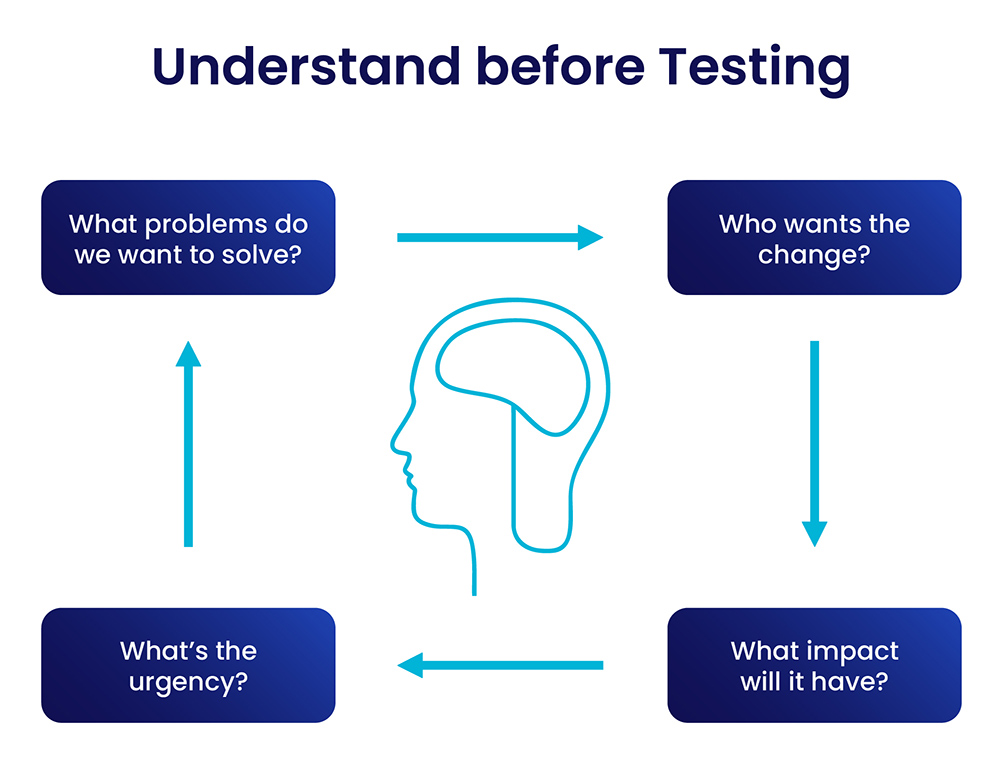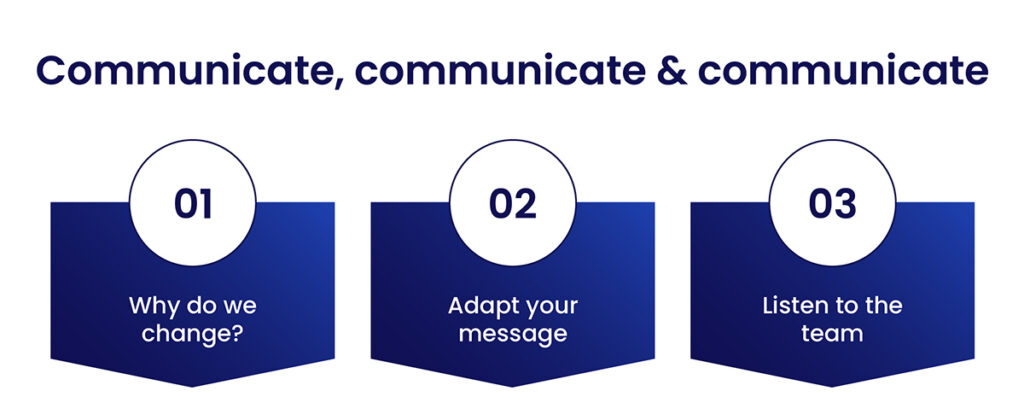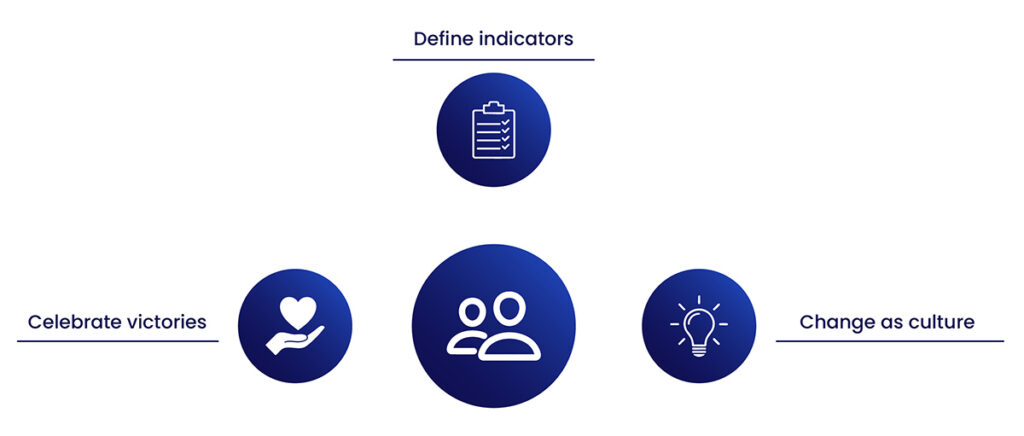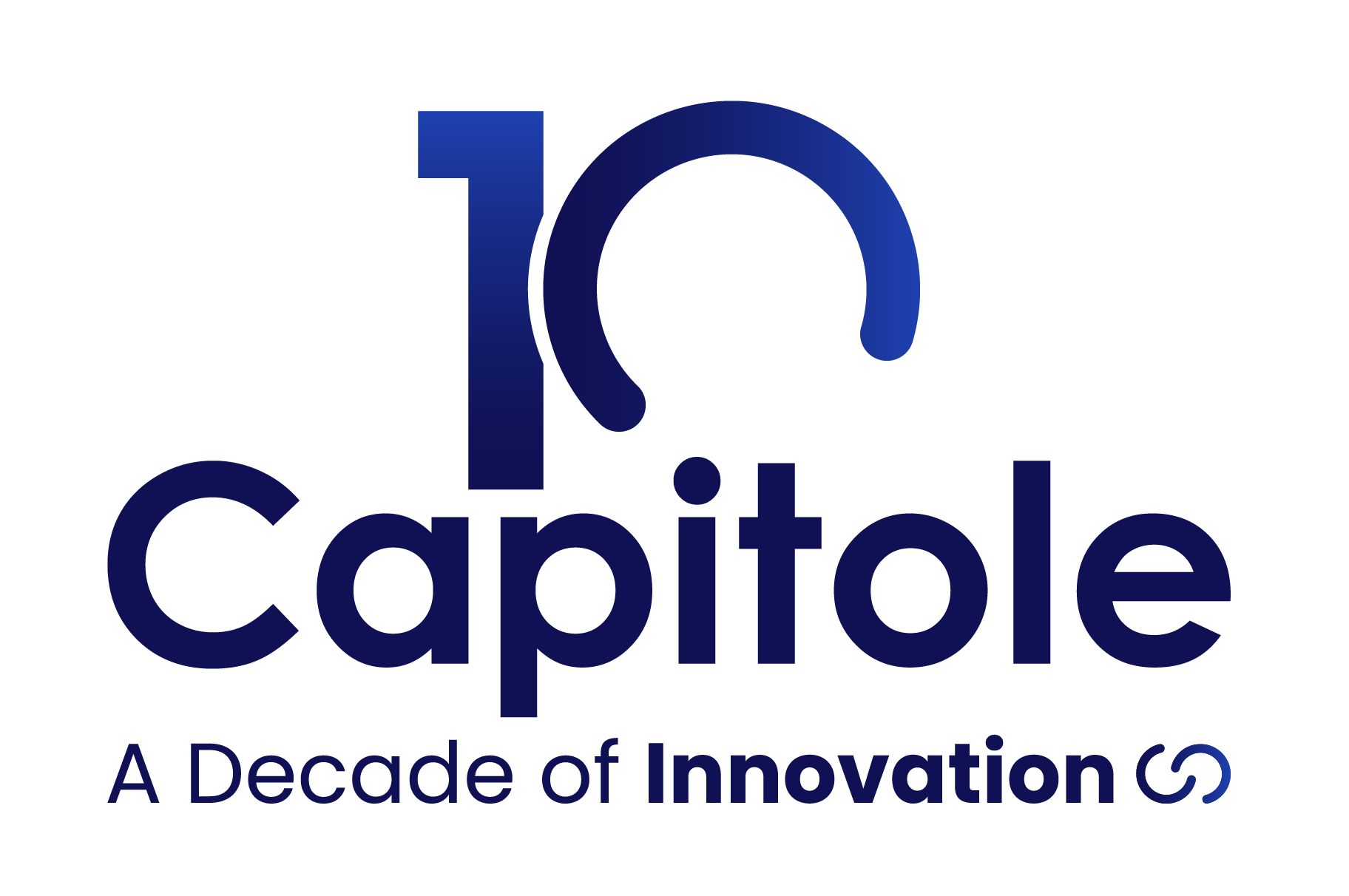We’ve seen it far too often in QA departments: a new testing methodology is announced, automation is on the horizon, there’s a push to integrate QA earlier in the development cycle… Everyone’s excited, leaders present the plan as the beginning of a new era… and a few weeks later, we’re back to the same old spreadsheets, testing at the end of the sprint, and dealing with the same recurring bugs.
Why does this happen?
Because improving quality isn’t just about deciding to do it—it takes strategy, action, and consistency. In this QA-focused article, we break down how to drive real, lasting change—so your efforts don’t end up archived next to those test scripts that were never run.
1. Diagnosis: Know Your System Before You Test It

Before rolling out new tools, frameworks, or processes, start with a solid analysis of your current QA setup:
- What problem are we trying to solve? Are we losing test coverage? Is technical debt blocking automation? Is testing happening too late in the cycle?
- Who’s asking for the change? Is it coming from the tech team or from a client demand?
- What impact will it have? Will testers need new skills? Will dev teams need to work more closely with QA?
- How urgent is it? Are we delaying releases, or is there still time to improve without high pressure?
Don’t jump into automation without understanding which tests already fail regularly. Don’t install new tools if no one’s using the current ones effectively. Diagnosis is part of the quality job.
2. Strategy Design: A Framework Alone Won’t Cut It
QA transformation isn’t just about switching tools—it’s about redefining how quality is ensured across the entire lifecycle. To avoid automating things that bring no real value, you need:
- SMART QA goals: For example, increase test coverage of critical paths by 30% over the next three months. Avoid vanity metrics—numbers that look good but drive no real change.
- Engaged technical and functional leadership: Change can’t come from QA alone. It must involve development, product, and management. QA is a cross-functional effort, and it will fail if others aren’t aligned and actively involved.
- Real resources: Automating without trained people or dedicated time is a fast track to burnout and failure. Planning must match reality—or it will cost in bugs and frustration.
- A roadmap with milestones: Small steps, visible wins, and ongoing reviews will move you steadily toward a realistic goal.
3. Communication: Don’t Find Out About It on Slack

Many QA transformations fail because no one knows what’s actually changing—or they find out too late. Grand plans are made without consulting technical teams or clearly communicating the decisions. How to avoid this?
- Clearly explain the ‘why’: If coverage is down, technical debt is growing, or bugs are increasing—share it. Proactive transparency prevents your reasons from sounding like excuses.
- Tailor the message to your audience: Developers don’t need the same explanation as a Product Owner or CTO. Use tech language with tech people, and plain language with others.
- Listen to the team: QA teams often have a sharp view of the bottlenecks. Create safe feedback spaces where their voices can be heard—and actually matter.
4. Implementation: Test Your Change Plan Too
A QA transformation isn’t linear. You try, fail, adjust. Just like a testing cycle—you learn from each failure:
Be agile with your plan: If a test suite takes six hours to run and no one uses it—change it. The goal is to improve quality, not just tick KPIs. Define, act, assess, adapt. It’s a cycle.
Go for quick wins: Can you cut false positives in regression tests within a week? Automate the two most repetitive test cases?
Train and support the team: Not everyone will be comfortable with Selenium or Cypress from day one. Offer hands-on sessions, clear documentation, and regular mentoring to ensure progress continues.
5. Sustainability: Quality Shouldn’t Rely on One Person
The real challenge isn’t just creating change—it’s making it last:

Define and review quality metrics regularly: Don’t just count bugs. Measure team satisfaction, feedback cycle times, and environment stability. Always triangulate your data: use three different indicators to make sure you’re not fixing one area while breaking another.
Celebrate the drivers of continuous improvement: Identify and empower quality champions within the team. People are more willing to change when they understand the “why” and see benefits for the product and themselves.
Make change part of the culture: Help people see that reporting bugs is contributing to the product—not being annoying. That suggesting process improvements is just as valuable as catching a bug.
Quality, like fitness, doesn’t come from one intense session—it comes from consistency. If you truly want to elevate QA in your organization, good intentions and expensive tool licenses aren’t enough. You need real commitment across every level: leadership, planning, follow-through, and collaboration.
And if in the end it still doesn’t work… at least you’ll know you truly tried—beyond just spending thousands on licenses no one ever used.
At Capitole, we can help you build a QA strategy that’s sustainable, effective, and realistic.
Shall we talk?





